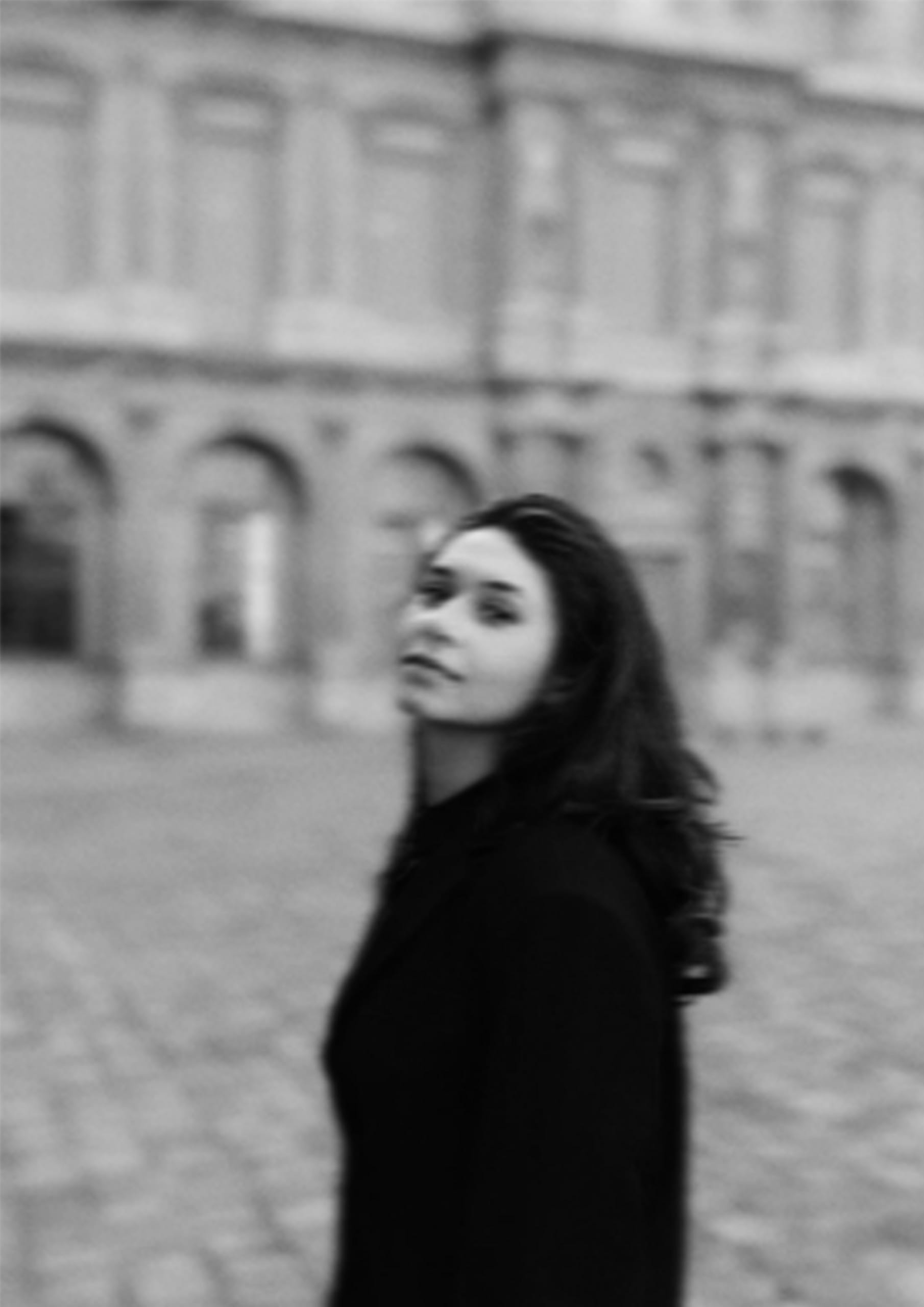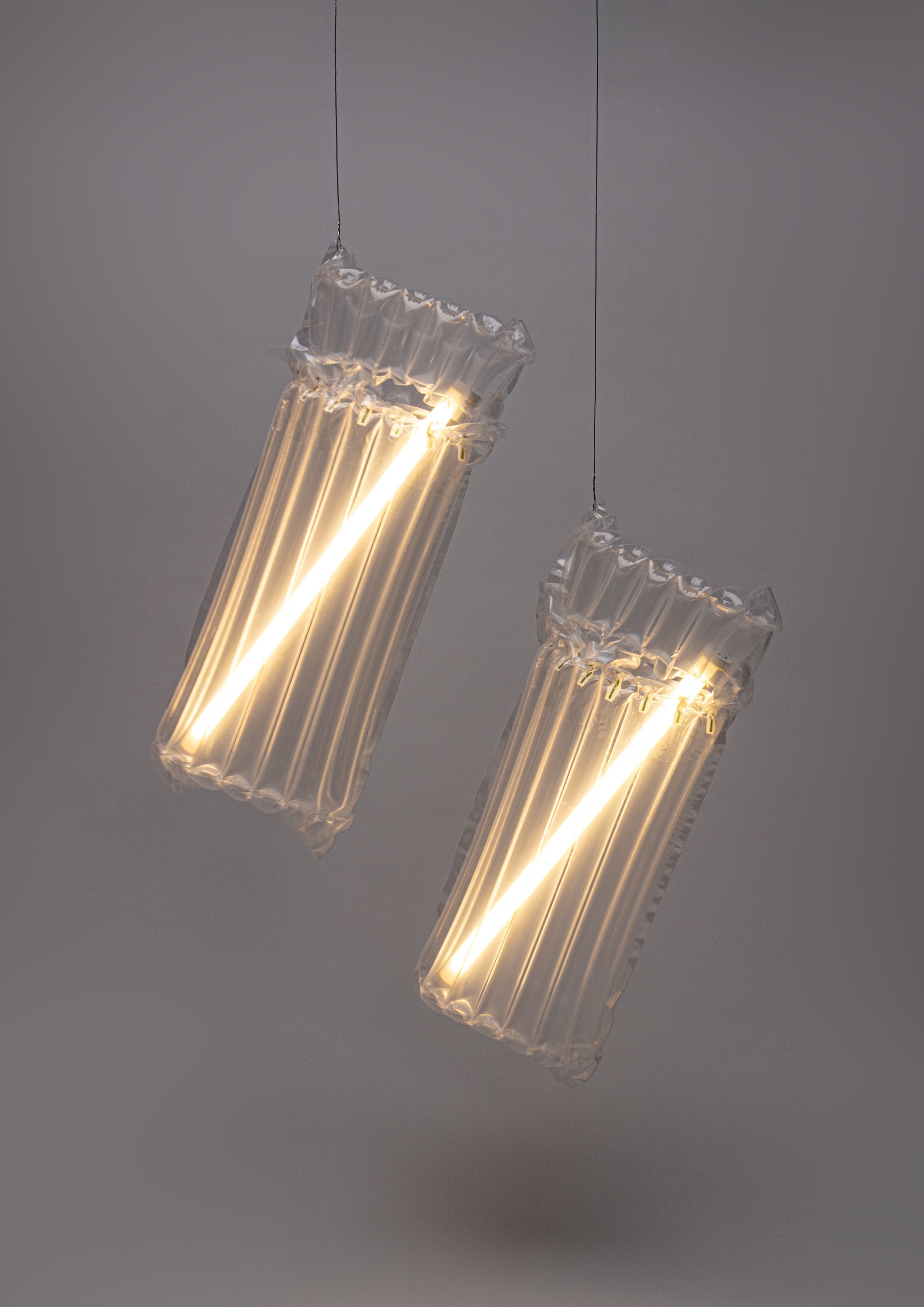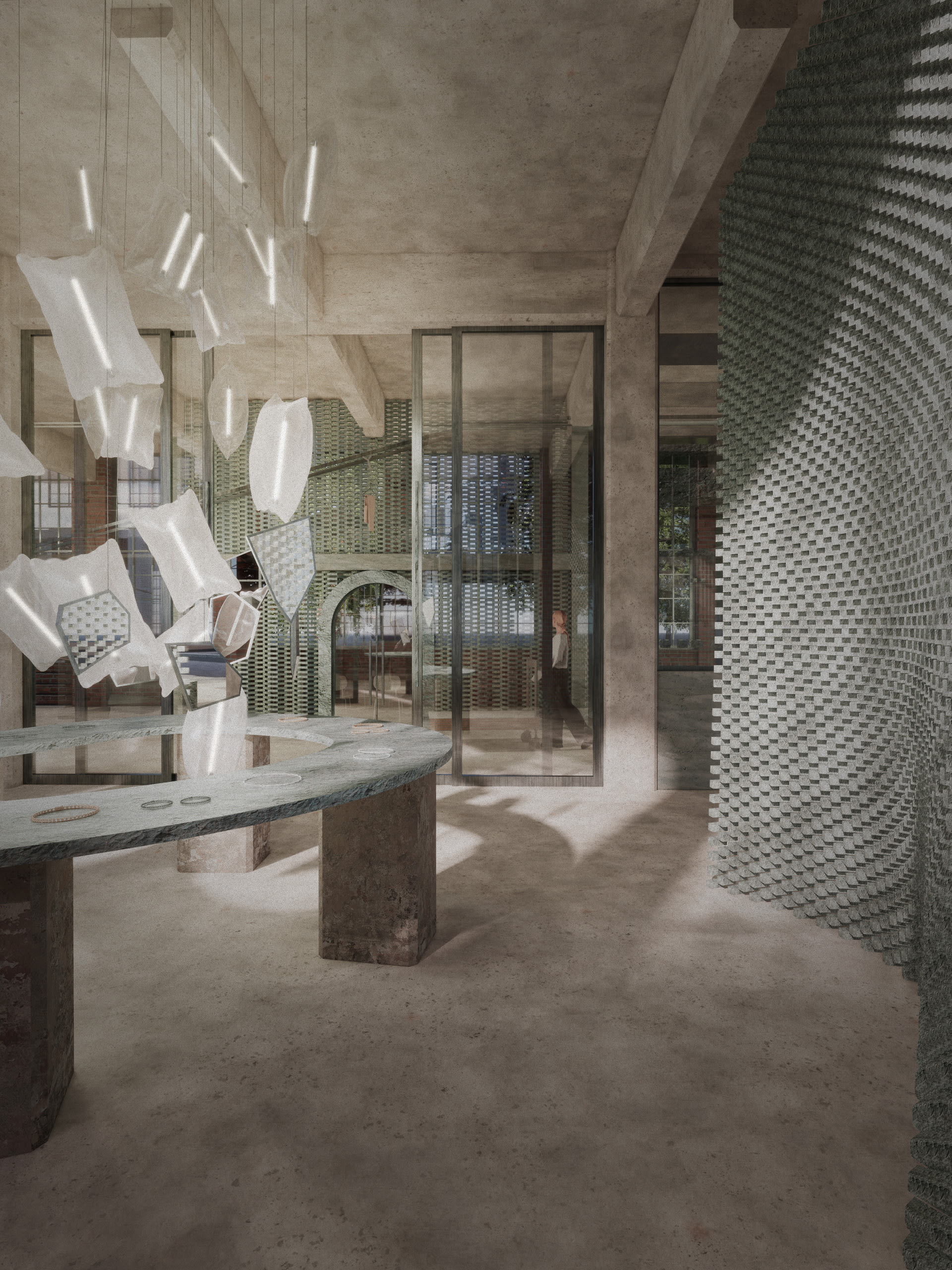Dilan Karatas is a German-Turkish architectural designer currently based in London. Prior to the RCA, she studied at the Technical University in Berlin, where she obtained her undergraduate degree in Architecture. Throughout and after her studies, she has worked in an architectural office in Berlin.
Dilan's designs reflect a blend of functionality, sustainability, and aesthetic appeal, creating spaces that inspire and make minimal impact on the existing. She approaches each project with a meticulous eye for detail. Dilan recognises the importance of consciously working with resources and aims to create awareness of socially and economically relevant issues in today’s society by implementing them in her designs.



















